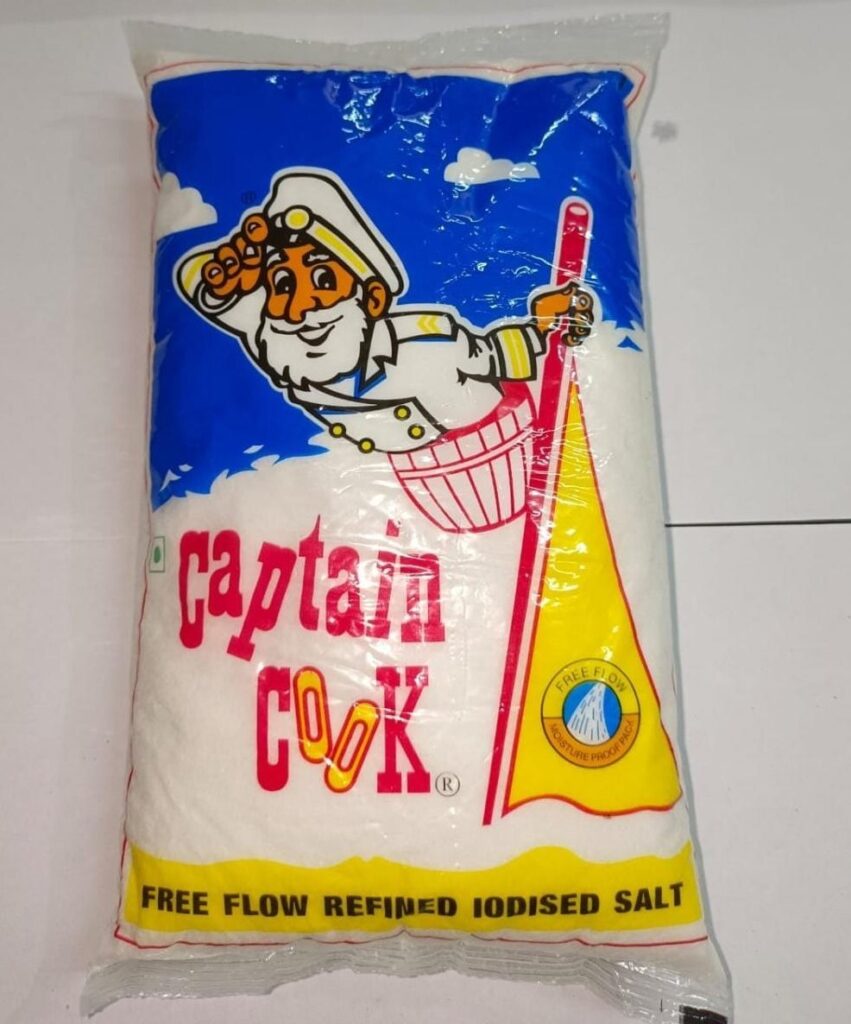Bridging Borders: The Art of Global Brands Localising (in India)

The secret to success in India is to learn constantly, adapt, and interact with the audience on a personal level.
In today’s age of globalisation, multinational firms can link multiple cultures and markets via their worldwide reach. Global success, however, calls for a more sophisticated comprehension of local tastes, beliefs, and customs than just a standardised approach. For multinational companies that want to connect with local customers in particular areas, this is called localization.
Understanding the skill of localising global businesses is made more interesting by looking at India, with its broad customer base and rich cultural fabric. Moving their products and services from one market to another usually results in a lacklustre welcome or complete failure. Brands have to master localization if they want to succeed in this dynamic subcontinent. This means tailoring their merchandise and all aspects of marketing to appeal to people in the area.
Understanding the Nuances and Significance of Localization
To localise a brand, it’s not enough to just copy into the local language; the brand’s message, images, and products must also be tweaked to match the cultural subtleties of the target market. One nation that needs this kind of adaptation is India, which is home to 22 official languages and many dialects. Important variables influencing consumer behaviour include linguistic and cultural differences, religious beliefs and practices, food preferences, and even price sensitivity. To thrive in this multifaceted but dynamic market, international firms need to modify their approaches to suit the varied interests of Indian customers.
Some places have warmer climates, so apparel brands have to change their forms and materials to reflect that. Some food companies have to change their offerings to cater to vegetarians or local tastes, while others have to tweak their spice levels.
Cultural Sensitivity and Adaptation
Understanding and respecting cultural sensitivities is crucial for global companies in India, a nation with strong cultural traditions. Coca-Cola has effectively adapted its marketing strategies to the Indian market by highlighting regional celebrations and traditions. For example, in their “Share a Coke” campaign, they used well-known Indian names on the bottles, which made them seem more personalised and appealed to the local audience.

IKEA, the Swedish furniture behemoth, gets that big families in India want to live in close quarters. They emphasise storage solutions and provide reasonably priced furniture sets suited for apartments and other smaller places. Even product names are translated into local languages; for example, in India, the Björka bookshelf is called Billy.
Marketing Nuances
A local spin is necessary when telling your brand’s narrative. The days of one-size-fits-all advertisements grounded in Western norms are over. Brands need to know how to appeal to local emotions, have a good grasp of narrative subtleties, and use the right means to reach their customers. Keep your brand consistent while collaborating with Bollywood stars, promoting in regional languages, and interacting with local influencers.
Customising Products to Meet Local Needs
The Indian market is quite varied, with different tastes in food depending on the area. Domino’s Pizza and McDonald’s have taken localization a step further by adding new products to their menus that are specifically designed to appeal to Indian customers. For vegetarians, there’s the McAloo Tikki burger at McDonald’s, which takes inspiration from classic Indian flavours. In the same vein, Domino’s has updated its pizza menu to include paneer (cottage cheese) and chicken tikka as toppings.

Importance of Local Language
An important part of localization in India is making sure the language is right. Communicating in regional languages is necessary for reaching the people, even when English is widely understood. Google and Facebook, for example, have poured resources into localization initiatives, making their platforms available in several Indian languages. Both the Google search engine and the Facebook interface are available in several languages, allowing them to reach a wider audience.
Marketing Campaigns Tailored to the Local Market:
Indian celebrities may help boost the popularity of international businesses in India. But good localization goes beyond just using famous people; it’s about making ads that fit in with the country’s cultural values. Nike, a worldwide leader in athletic apparel, adapted its “Da Da Ding” campaign for the Indian market by showcasing female athletes from the country. This move embodies the spirit of female empowerment while also questioning conventional gender roles. This method connected with the Indian audience and emphasised the brand’s dedication to diversity.

Adopting Digital Practices
A large percentage of Indians now have access to the internet via their cell phones, marking a true digital revolution in the country. Embracing digitization and adapting their online presence appropriately is crucial for global firms aiming to conquer the Indian market. Brands may directly connect with the Indian audience via social media platforms such as Instagram and Twitter. To better serve their Indian customers, streaming services like Netflix have adapted their content libraries to include a wide variety of Indian films and web series.

E-commerce Localization
As e-commerce grows in popularity, global firms need to tailor their goods and online shopping experiences to local tastes. Amazon has made several adjustments to its platform to cater to Indian customers. These include adding support for the Hindi language, improving the user interface, and modifying marketing campaigns to match the tastes of the locals. This strategy has helped Amazon become a dominant player in the Indian online retail market.
In sum, taking international brands locally in India is a tightrope walk that calls for an in-depth familiarity with the cultural, linguistic, and geographical variety of the nation. Global companies may develop a genuine relationship with the Indian customer base by embracing linguistic variety, respecting cultural sensitivities, customising goods, and effectively exploiting digital channels. A significant factor in the success of foreign businesses in India will be their skill in localization, given the country’s continued prominence in the global market.
Keep in mind that localization is more of a process than a final product. The secret to success in India is to learn constantly, adapt, and interact with the audience on a personal level. Through the implementation of the principle of “Think Global, Act Local,” international businesses have the opportunity to thrive in the Indian market while simultaneously gaining vital knowledge and ideas that may drive their expansion and achievement on a worldwide level.




1 Comment